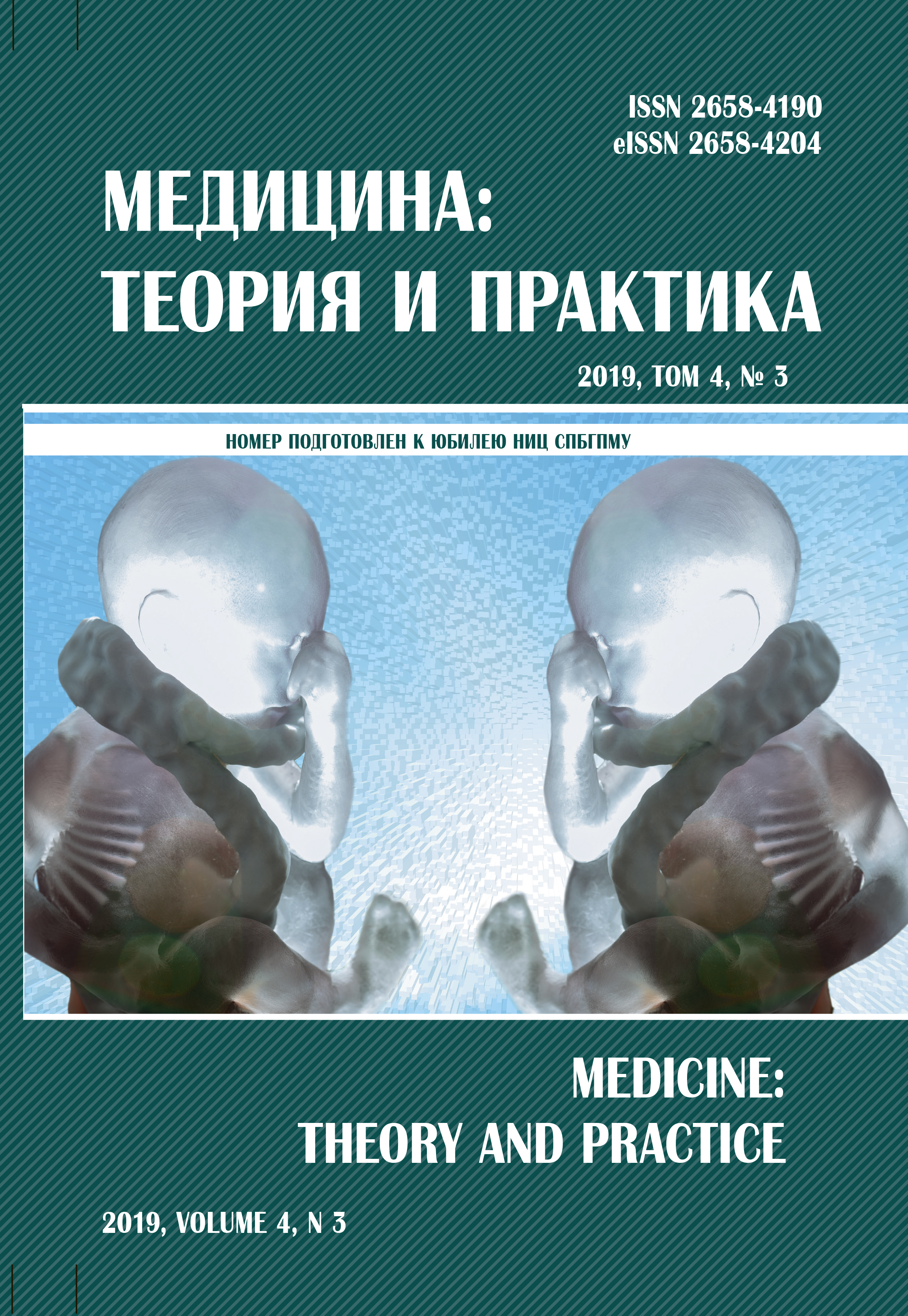Сausal and effective connection of the virus of the simple herpes-1 virus and autoimmune encephalitis: myth or reality?
Abstract
The review article presents current information about autoimmune encephalitis with antibodies to NMDA receptors, described in 2007. Autoimmune encephalitis develops in adults and children and is characterized by the consistent development of mental and neurological disorders. It is generally accepted that anti-NMDAR encephalitis, as one of the variants of autoimmune encephalitis, is more often associated with the presence of a paraneoplastic process, but can occur without it. In recent years, it has been established that anti-NMDAR encephalitis can also develop after encephalitis caused by the herpes simplex virus-1. The article presents information confirming the relationship between the development of anti-NMDAR encephalitis and herpes viruses persisting in the human body for life. The pathogenesis of the disease is discussed. The clinical manifestations of anti-NMDAR encephalitis in children are described, and the effectiveness of early immunotherapy is noted.



